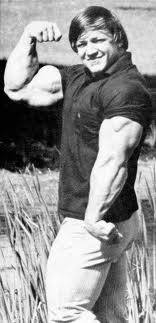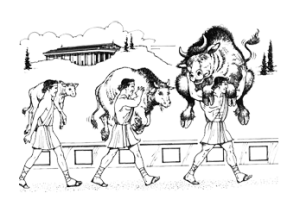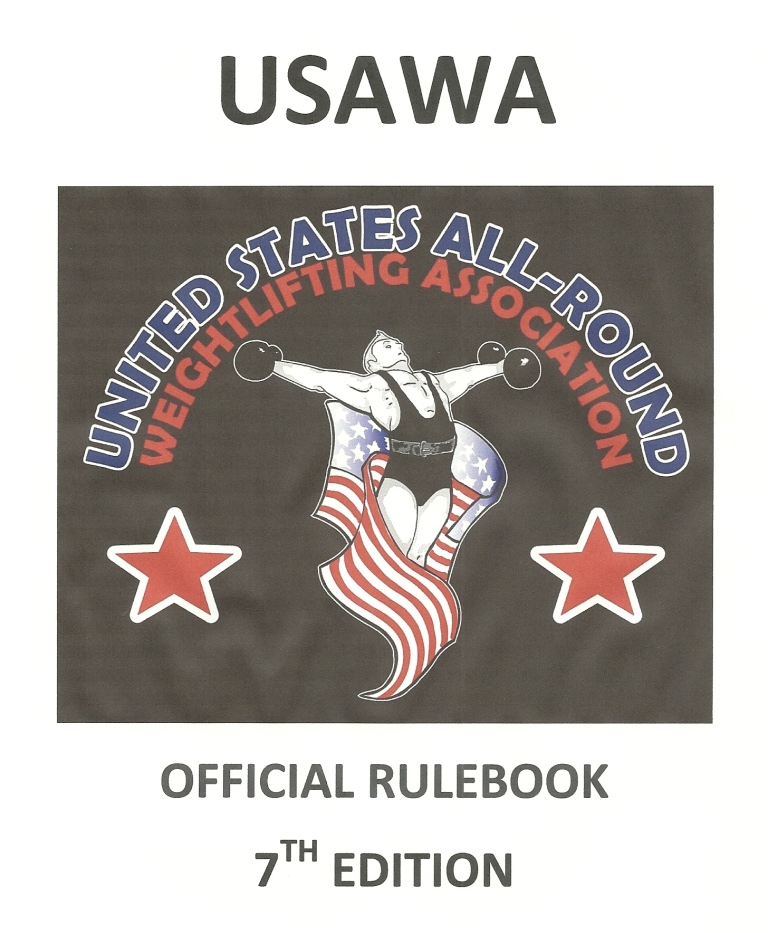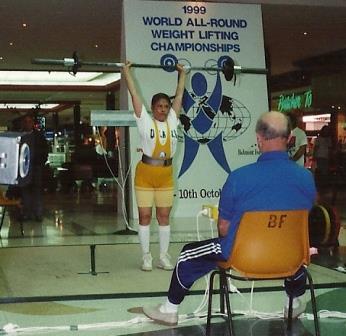RIP Casey Viator
by Al Myers
News has spread this week “across the web” of the death of 1980’s bodybuilding icon Casey Viator. He died on September 4th (on his birthday!) at his home from a reported heart attack.
Casey Viator was best known for winning the 1970 AAU Mr. America at the age of 19, the youngest to ever win that title. I remember following his pro bodybuilding days in the 80’s. He placed third at the 1983 Mr. Olympia in a controversial bodybuilding contest (aren’t they all???), behind Mr. O winner Chris Dickerson and Frank Zane. This was at the time that I was really getting interested in weight training, and followed all top contests intently. Casey Viator had a “thickness” to his muscularity that many of the other top bodybuilders did not have at the time. He also had the reputation of training with maximum intensity, and was one of the first top bodybuilders to embrace the HIT (High Intensity Training) program.
I will say his legacy will be forever tied to Arthur Jones and the COLORADO EXPERIMENT held in the spring of 1973. His death brought that to my mind, as I remember reading the report of that over 30 years ago, yet I still had vague memories of it and the remarkable growth Viator made during that experiment. I had to “go to the files” and find it to reread again – and it still boggles the mind to think that a man could gain over 63 pounds of muscle of a period of 28 days training exclusively on Nautilus equipment! From the report it states, “during a period of 28 days, as a result of 14 workouts, involving a total training time of 7 hours, 50 1/2 minutes, an average of 33.6 minutes per workout, his gains were as follow…an average muscle mass increase of 4.51 pounds per workout…or .36 pounds per set…an average gain of 8.04 pounds from each hour of training.”
As a younger newbie weight lifter this scientific study (hic, hic…) sounded like the groundwork of a master lifting plan to me. To say I was more than intrigued at the time would be an understatement. I later realized that this was nothing more than a grand marketing scheme by Arthur Jones to promote his Nautilus equipment line. Careful review of that “flimsy study” now would be critiqued to death with obvious flaws present. But regardless, it is a GOOD STORY and makes for an interesting discussion amongst those that are interested. The debate is better left for a discussion forum over the scientific merit of the COLORADO EXPERIMENT.
However, Casey Viator was one of many that inspired my early “battle with the iron”. It is sad to see your lifting hero’s die, and especially at a young age (Viator was only 62). It seems like just yesterday to me that he was THE MAN with the biggest bi’s battling it out in the Mr. Olympia!!!




